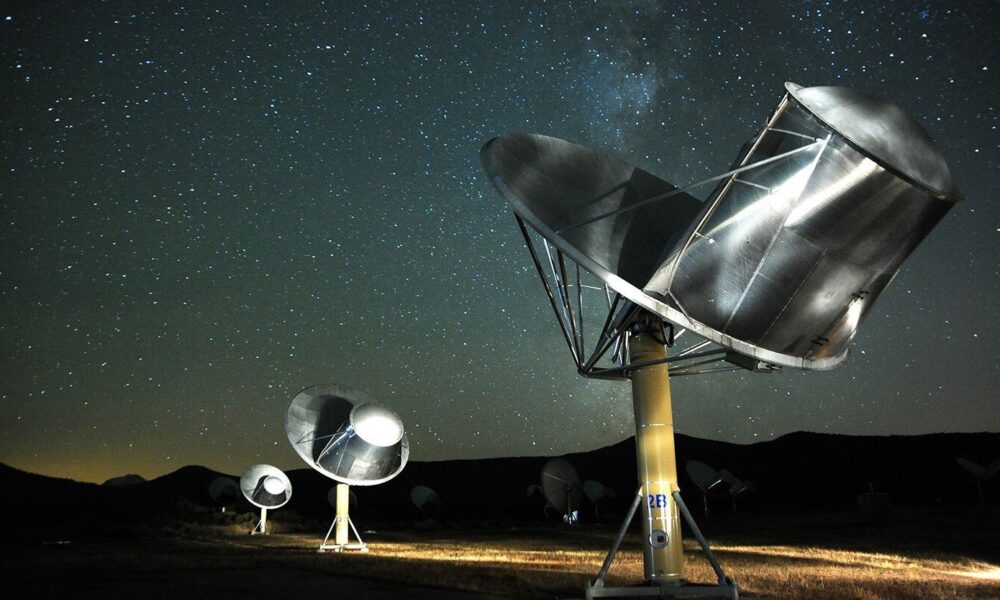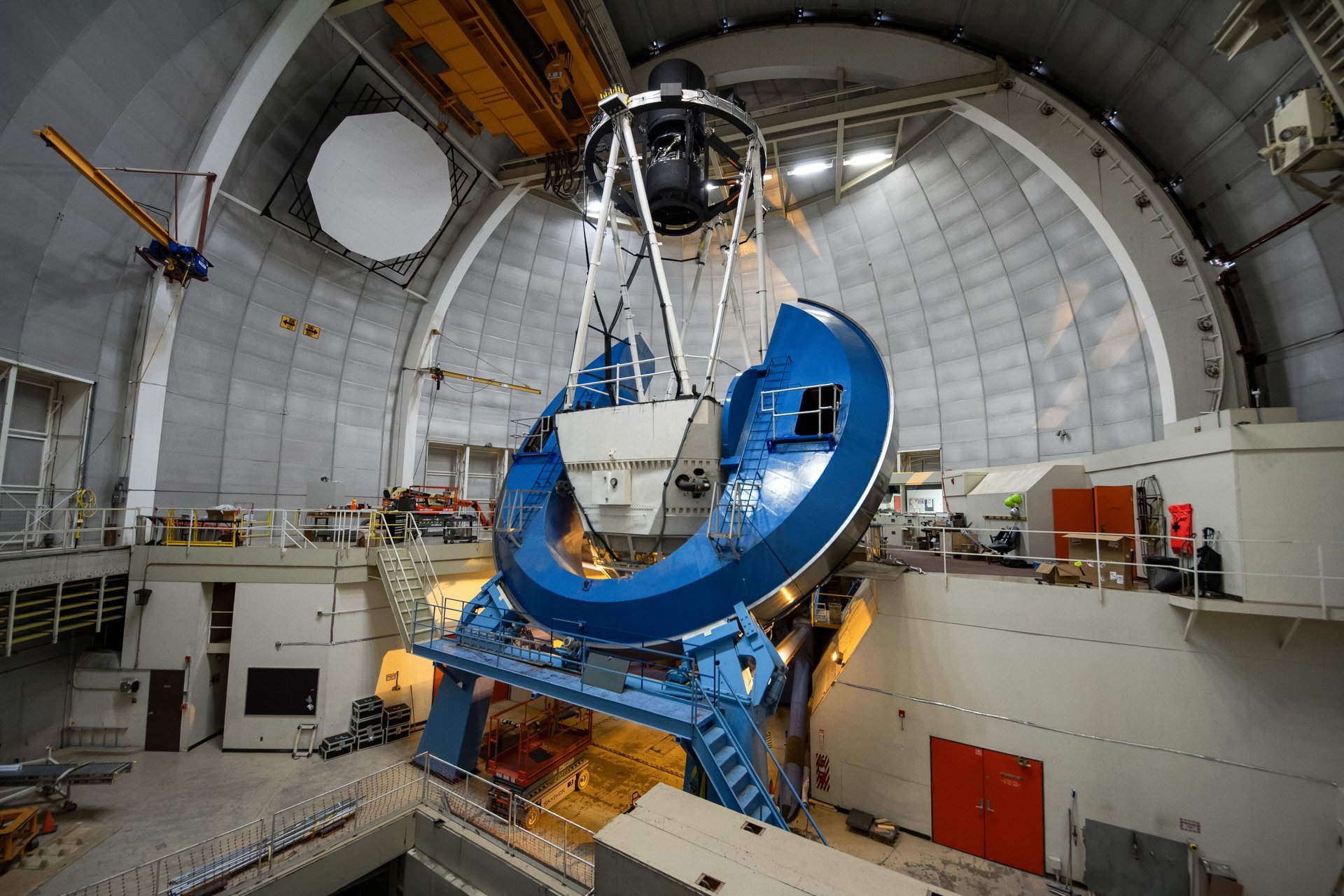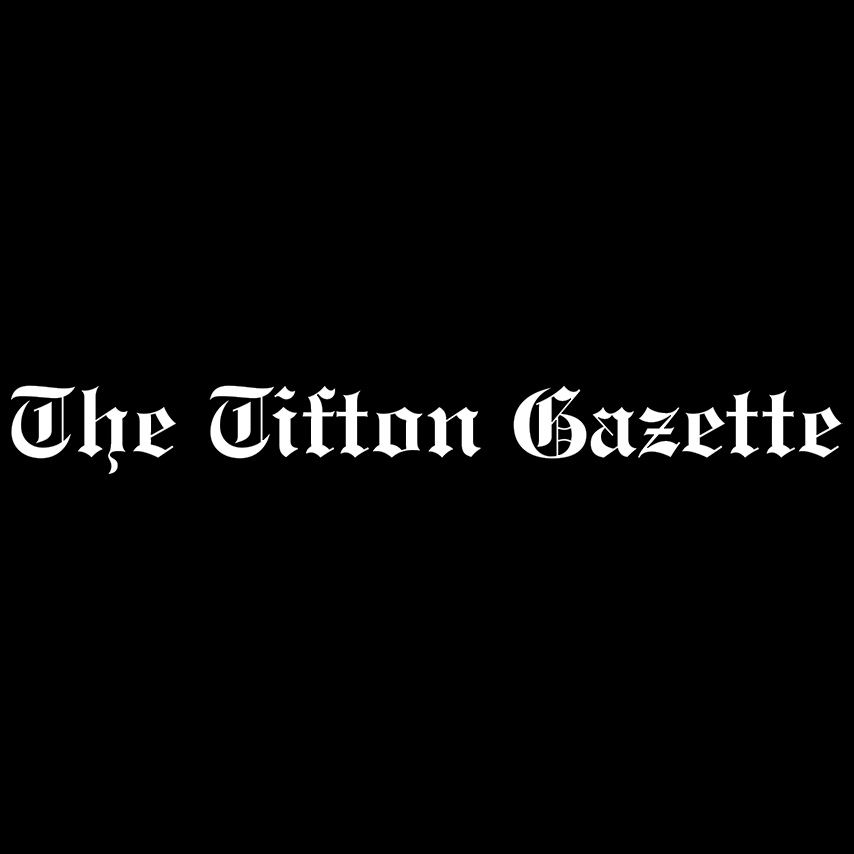The International Academy of Astronautics (IAA) is revising its protocols for responding to confirmed signals of extraterrestrial intelligence. These updates come as the Search for Extraterrestrial Intelligence (SETI) evolves from monitoring radio waves to exploring advanced concepts such as interstellar lasers and Dyson swarms. The proposed changes were discussed during the 2025 International Astronautical Congress (IAC) held in Sydney, with a full adoption expected early next year.
The IAA’s initial “Declaration of Principles” was established in 1989, outlining how humanity should react to a detected signal from beyond Earth. While the protocols saw minor updates in 2010, the current revision represents a significant shift. This new framework aims to address the complexities of modern communication and social media, particularly in safeguarding researchers from potential backlash when announcing significant discoveries.
A pivotal change in the updated protocol is the recommendation that researchers delay any response to a detected signal until it can be discussed at the United Nations. Previous guidelines encouraged immediate replies, but the new approach emphasizes cautious deliberation. This consideration reflects the intricate political and social landscapes that researchers must navigate today.
While the paper clarifies that this suggestion does not apply to Messaging Extraterrestrial Intelligence (METI)—the proactive sending of signals to nearby star systems—the update still underscores the importance of establishing clear guidelines. The IAA acknowledges the need for a formal protocol for METI, which remains a contentious issue within the scientific community.
The new SETI protocols provide practical measures for verifying detected signals and managing collected data. Key recommendations include storing data in two separate geographical locations to enhance accessibility and security, as well as using specific software for analysis. Should a signal be electromagnetic, the IAA suggests petitioning the International Telecommunications Union (ITU) to reserve the bandwidth used for detection. This step aims to minimize interference from manmade sources.
The updates reflect a broader understanding of the implications of discovering extraterrestrial intelligence. As stated in the IAA’s paper, the landscape of communication and international relations has intensified over the past fifteen years. The organization’s transparent revision process, which has involved multiple rounds of feedback over the last two years, has been commendable in navigating these complexities.
In conclusion, while no organization claims to have definitive answers regarding humanity’s response to extraterrestrial signals, the IAA’s updated protocols serve as a proactive framework for dealing with potential discoveries. The upcoming ratification by the IAA’s board will allow the sub-committee to continue its vital work in preparing for what could be one of the most significant moments in human history.







